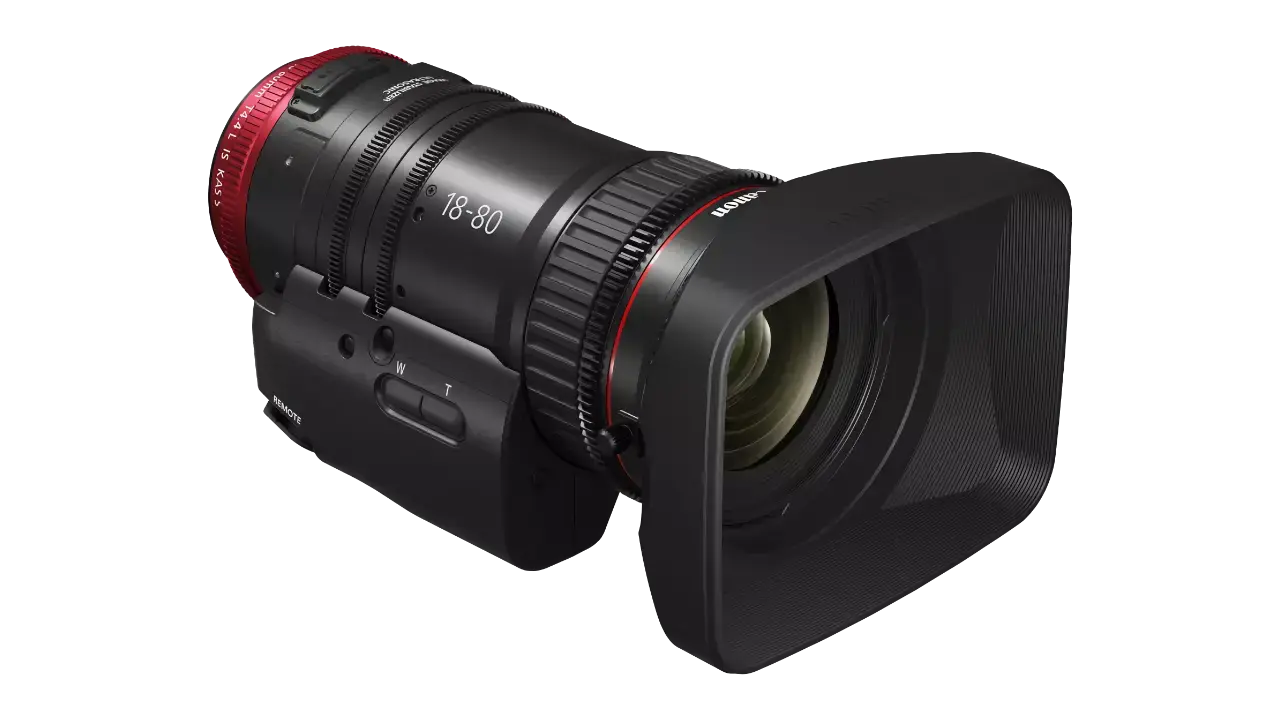
There looks to be some exciting innovation in lenses coming to Amsterdam with Sigma’s forthcoming autofocus-capable cine lens already making serious waves.
There’s a mismatch, sometimes, between the lenses people talk about, and the lenses they actually end up using. Extraterrestrials evaluating us based on our internet activity would be surprised to find the truth: that only a comparatively small number of productions are actually shot on rehoused editions of obscure, mid-century anamorphic, and that most of the world’s interchangeable lenses are actually made for still photos.
An average observer wandering the show floor at IBC will quickly notice that essentially all lenses fall into one of those categories. Or, at least that’s how it was for a while: there were beautiful pieces of high-end opto-mechanics, licked into shape and polished on maidens’ knees, selling for five figures each and servicing the very peak of the high-end. Then, there were stills lenses, which cost a few hundred each. OK, there are now inexpensive cine lenses, but the design criteria are still fairly well-defined.
Looking ahead to IBC2024
The thing is, the biggest advances in lens design have been in things like Canon’s shockingly-effective autofocus, which is not something that conventional mechanical cinema lenses can ever do. We’d be forgiven for wanting the best of both worlds, which sets the stage for a meeting of the two ways. IBC2024 seems likely to show us exactly that: Sigma is to demonstrate what it describes as a new autofocus-capable cine lens, based on the 28-45mm f/1.8 zoom it launched earlier this year.
Exactly what the company means by “autofocus-capable cine lens” is an interesting question. It’s a new category. Nothing like this has existed before, although Sony’s E-mount zooms and the Canon CN-E 18-80 zoom might hint at what to expect. The thing is, neither of those are really true parfocal zooms. They’re aimed at a market which understands design compromise and targets affordability. Sigma’s line of cine glass, meanwhile, has been hugely well-received at every level, with the one caveat being that even its manual zooms are not entirely parfocal (though this is a complicated question the company discusses here, for the sake of full transparency).
Given its huge success in autofocus, we might have expected Canon to make the early moves toward this sort of thing. The company is well-placed to achieve it, given how Canon autofocus works. Until then, the company seems keen to push its RF mount - something the company arguably adopted rather late - for cinema work. The CN-R series, an RF-mounted set of manual cinema primes, emerged at the end of last year. At around US$4k apiece, it seems reasonable to consider them midrange lenses that might suit a midrange camera. Given it’s been four years since the EOS C300 Mk. III was announced, it would be no great surprise to see a new, midrange, RF-mounted C-series camera show up in Amsterdam.
The sort of integration Canon can achieve as manufacturer of both lens and camera is, however, not something we’re likely to see elsewhere. If there’s a prototypical example of a company which has recently been interested in both the high end and midrange, of course, it’s Cooke, though its shallow-mounted SP3 series is entirely manual and seems likely to remain an island in a product lineup targeted firmly at the top few percent. Are there likely to be new Cooke lenses? Possibly. Presumably. Many of its lens sets are very complete with focal lengths.
Fujinon and Angenieux will, of course, be there with their hugely capable options for people who want every conceivable lens in one large cylindrical enclosure, but Sigma’s announcement is an unusual excursion. Again, it remains to be seen what an autofocus-capable cine lens looks like, how it might work, and who it might be designed to satisfy. Still, for the last many decades, lenses have remained possibly the least-altered part of film and TV technology. Nobody seemed that interested in big new ideas like lightfield arrays, which at least promised a lot of novel, desirable capabilities, so it’s about time we saw something genuinely new and interesting. We’ll wait to see the new designs with keen anticipation.
tl;dr
- Sigma is set to introduce a new autofocus-capable cine lens based on the 28-45mm f/1.8 zoom, creating a new category in lens design.
- Canon is expected to make moves towards integrating autofocus capabilities into cine lenses, potentially pushing its RF mount for cinema work. -
- While companies like Cooke, Fujinon, and Angenieux offer highly capable lens options, Sigma's upcoming autofocus-capable cine lens represents a new and unusual development in lens technology.


Comments